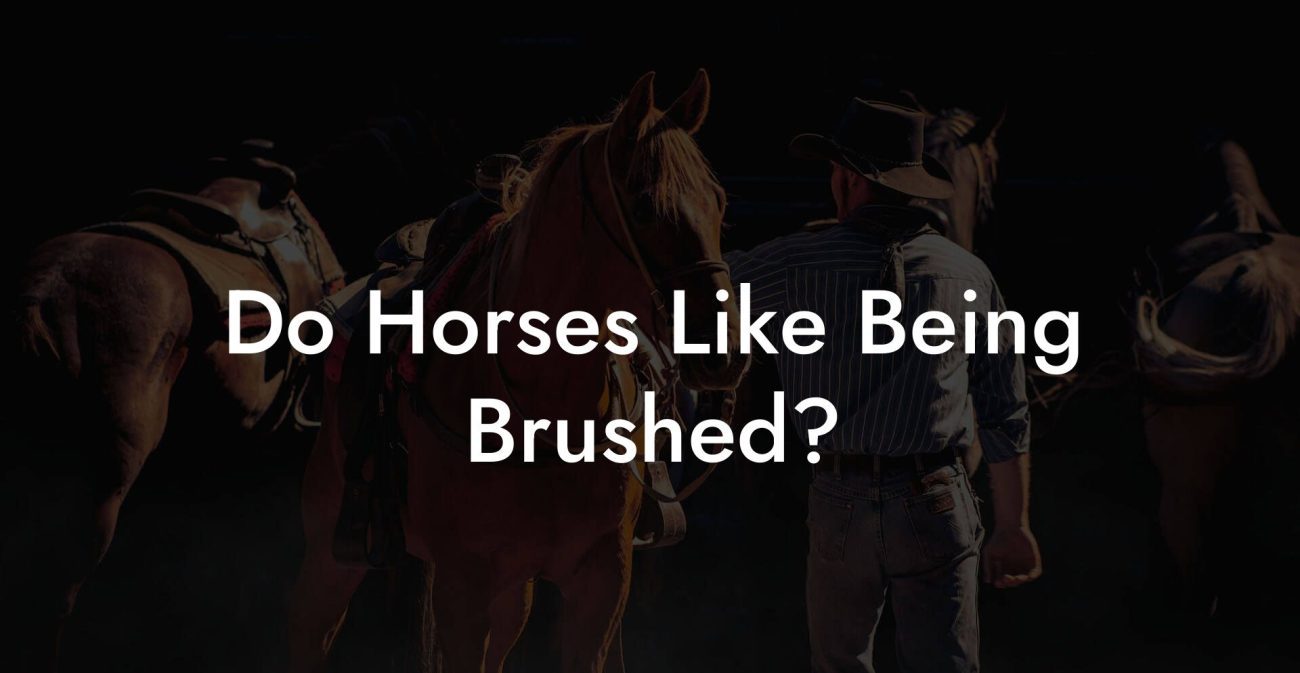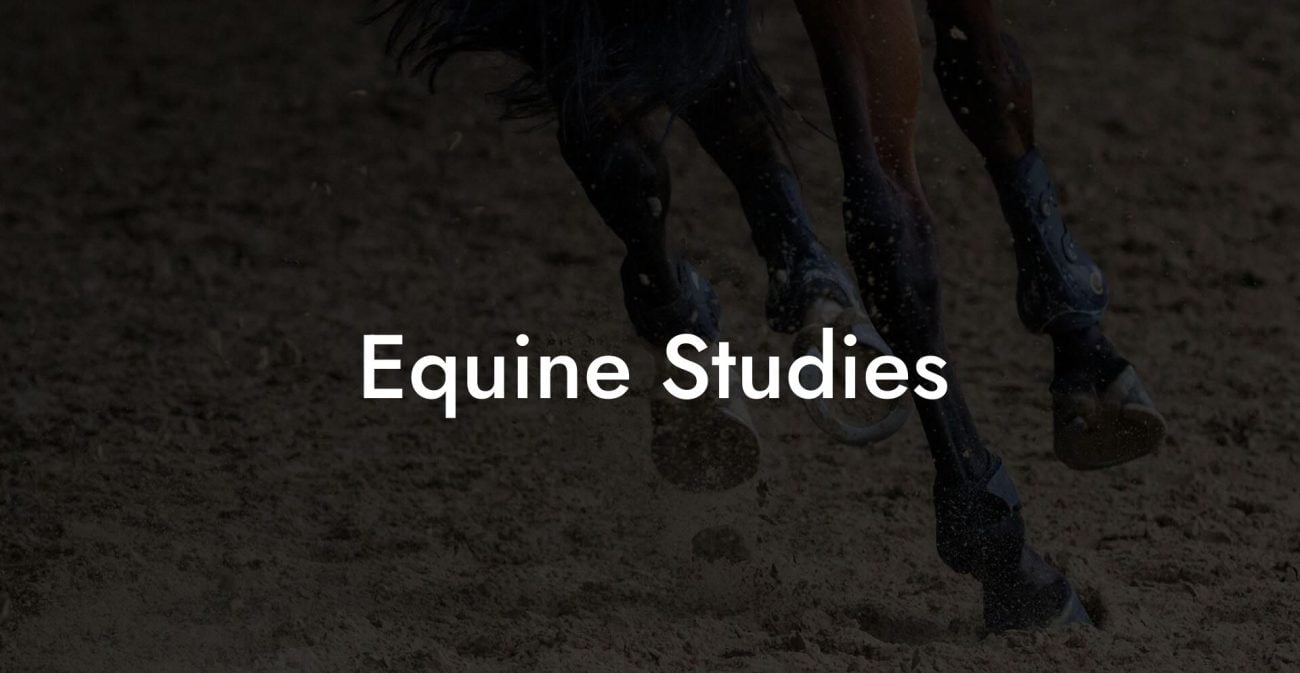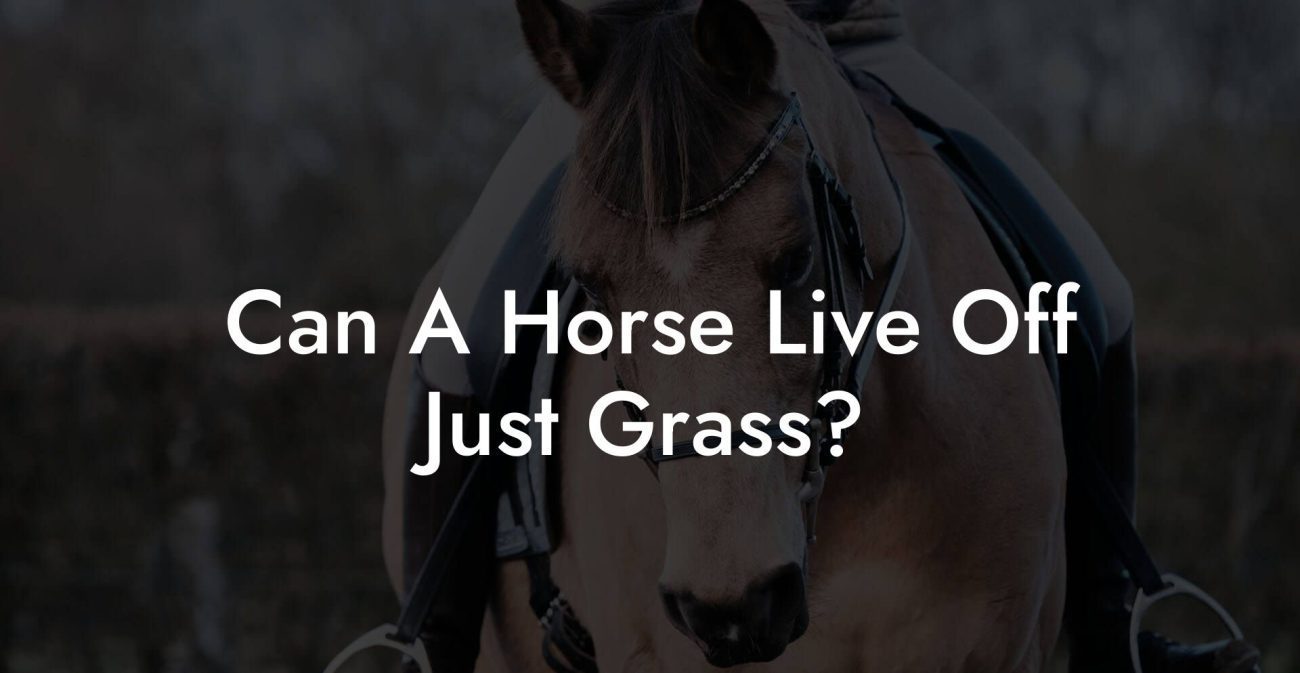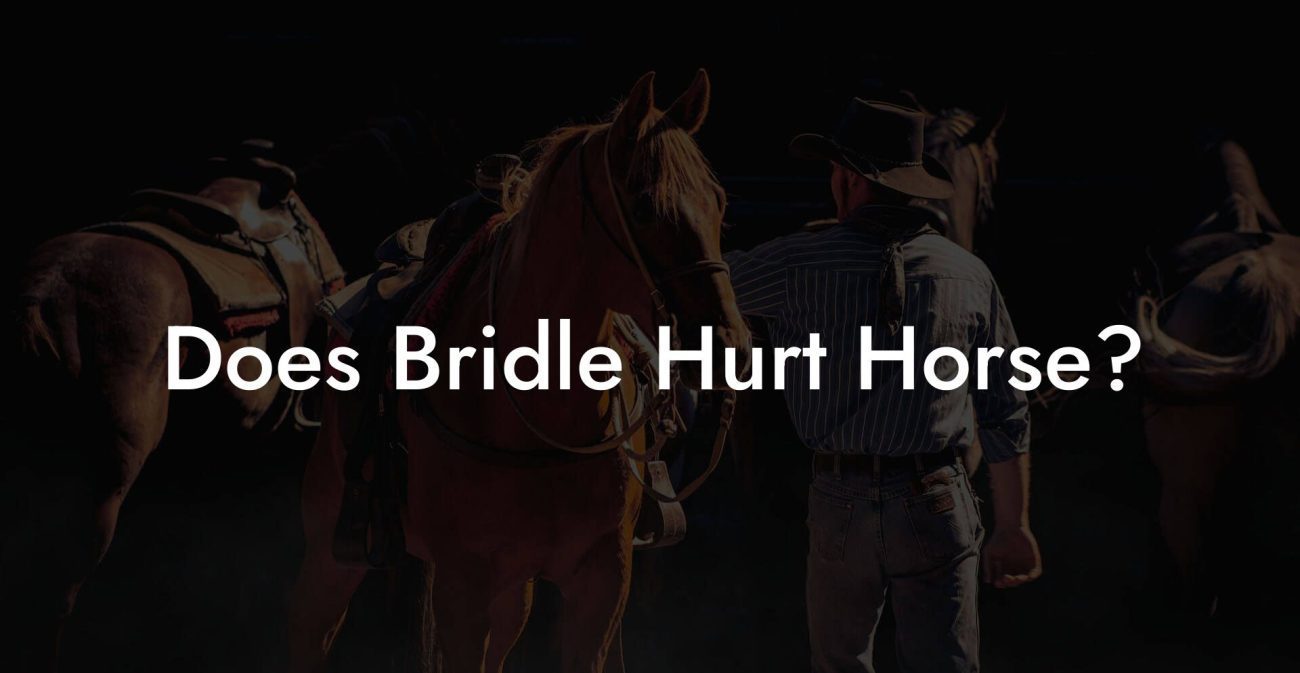Ever wondered how a simple tool in the equestrian world can carry layers of history, style, and practical wisdom? The humble horse whip, though it might sound like something straight out of a vintage Western film, has evolved into a sophisticated piece of equestrian equipment that reflects modern training techniques, ethical riding practices, and innovative design. Whether you’re a Gen-Z rider looking for ethical training tools or a millennial passionate about comprehensive horse care, buckle up as we take you on a wild ride through the world of horse whips, their many names, types, and cultural significance.
Quick Links to Useful Sections
- The Rich History and Evolution of the Horse Whip
- Naming Conventions: What Is a Horse Whip Called?
- Types of Horse Whips and Their Uses
- Traditional Leather Whips
- Riding Crops
- Stock Whips
- Specialized Training Whips
- Understanding the Materials and Craftsmanship Behind Horse Whips
- Choosing the Right Horse Whip for You and Your Equine Partner
- Riding Discipline and Purpose
- Wheelhouse of Techniques and Ethical Considerations
- Material Preferences
- Size and Weight
- Caring for Your Horse Whip: Maintenance Tips and Ethical Usage
- Innovative Trends and Future Directions in Equestrian Gear
- Resources and Community Support: Your Next Steps
- Frequently Asked Questions: Horse Whips, Terminology, and Ethical Use
- Your Journey with Equestrian Wisdom: Riding into a Future of Ethical Precision
The Rich History and Evolution of the Horse Whip
Long before power steering and high-tech riding gear, horses and riders depended on a well-crafted whip to communicate and guide. In eras when horses were both a means of transport and a crucial factor in agricultural work, the whip was as much a tool as it was a symbol of authority and respect. Over time, its function evolved from a utilitarian instrument used purely for control to a finely tuned instrument for training, competition, and even performance.
In historical texts and old riding manuals, you might come across various names for this important accessory. Terms like “riding crop,” “stock whip,” and even simply “whip” were used depending on the intended purpose and the riding caliber of the user. As equestrian sports became more refined and ethical treatment of horses became paramount, the design and usage of the whip transformed dramatically. Today, modern horse whips are designed not to harm but to communicate subtle cues between rider and horse, ensuring safety, respect, and optimization in training.
This evolution reflects the broader changes in equestrian philosophy, moving from an era of harsh command to one where empathy, precision, and understanding dictate every movement. Innovation, technology, and an increased awareness of animal welfare have all contributed to the modern interpretation of what might once have been seen as a tool of coercion. Instead, it’s an essential part of equine care, serving as a communication tool in a relationship built on trust.
Whether you call it a horse whip, riding crop, or equestrian whip, its modern incarnations are crafted from durable materials like leather, synthetic fibers, or blended composites, designed for both aesthetic appeal and functional precision. And if you’re curious, yes, it is possible to find whips that are as stylish as they are effective, often boasting sleek lines, vibrant colors, and modern ergonomic designs that speak directly to the sensibilities of today’s riders.
Naming Conventions: What Is a Horse Whip Called?
Get ready to dive into the world of nomenclature. “What is a horse whip called?” you might ask. The answer, like many things in equestrian life, is multifaceted. Depending on regional usage, historical context, and specific riding disciplines, the same instrument might be known by different names.
In many riding circles, you’ll hear the terms “riding crop” or “equestrian crop” used interchangeably with “horse whip.” While a riding crop is typically shorter and used to create a light, guiding touch rather than impart pain, a traditional whip might refer to a longer implement often seen in competitive and theatrical settings. There’s also the “stock whip,” a term frequently associated with cattle ranching and herding, which carries its own unique design adaptations.
Then there are the more specialized designs, a “dressage whip,” with its elegant, streamlined look, and the “training whip,” specifically engineered to deliver nuanced signals without startling a horse. Even in colloquial conversation among horse enthusiasts, you might hear someone refer to their “crop” even if it technically isn’t a whip in the traditional sense. This linguistic evolution shows how language adapts as riding disciplines evolve.
The key takeaway here is that while various names might be used, at their core, all these instruments serve the same purpose: to communicate with your equine partner in a way that is clear, respectful, and effective. So whether you’re talking about a horse whip, riding crop, or equestrian whip, you’re joining a long-established tradition of riders who appreciate the delicate balance of power and partnership.
Types of Horse Whips and Their Uses
Let’s break down the spectrum of horse whips available on today’s market, each with its own personality, purpose, and pedigree.
Traditional Leather Whips
A classic choice that harks back to the golden age of horse riding, traditional leather whips are renowned for their durability and timeless appeal. Made from high-quality leather, these whips are designed to last for decades if cared for properly. They are particularly popular in disciplines where a traditional look is valued, such as classic carriage driving or formal riding events.
Leather whips require a bit more maintenance than their synthetic counterparts, regular cleaning and conditioning are a must. However, many riders swear by the tactile feedback provided by a leather whip, which becomes more supple with age.
Riding Crops
Specifically designed for gentle guidance, riding crops are shorter and often feature a cushioned tip to prevent any accidental harm to your equine friend. Their compact design makes them a favorite among competitive riders in disciplines like show jumping and dressage, where precision is key. Because they are built for signaling rather than punishment, riding crops are an essential tool in modern, ethical training regimens.
Many modern riding crops are ergonomically designed to fit comfortably in the rider’s hand, with materials ranging from lightweight aluminum to composite blends that combine toughness with graceful flexibility.
Stock Whips
In the rugged world of ranching and herding, the stock whip takes center stage. Originally designed for managing cattle, this whip is robust and versatile. Its length provides additional reach, which is useful when guiding large herds. Though not as common in formal equestrian settings, the stock whip remains an iconic tool that carries both historical significance and practical utility.
With modern advancements, many stock whips now feature adjustable lengths and ergonomic handles, ensuring that even in demanding, high-speed environments, the whip remains an effective communication tool.
Specialized Training Whips
Not all horse whips are created equal, specialized training whips are meticulously engineered to provide riders with the finest control during intricate maneuvers and advanced training sessions. Often crafted with innovative materials that combine flexibility and strength, these whips help deliver subtle cues with precision. The design is tailored to minimize impact while maximizing communication.
Whether you’re fine-tuning your horse’s responsiveness or perfecting complex dressage routines, a specialized training whip can be the perfect investment in your riding journey.
Each type of whip, be it traditional leather, a sleek riding crop, rugged stock whip, or the precision-engineered training whip, has its own set of benefits. Choosing the right one often depends on your specific riding discipline, your horse’s temperament, and your personal style as a rider.
Understanding the Materials and Craftsmanship Behind Horse Whips
The magic behind every great horse whip lies in its materials and the craftsmanship that brings it to life. In today’s eco-conscious world, there’s an increasing demand for both quality and sustainability in equestrian equipment.
Traditional leather whips are a testament to artisanal craftsmanship. Tanned from high-quality hides and treated using age-old methods, these whips offer a unique blend of durability and natural beauty. Their texture and suppleness improve over time, earning them a special place in the hearts of purist riders.
In contrast, modern riding crops and training whips often employ innovative materials such as reinforced nylon, composite polymers, and even recycled synthetics. These materials not only reduce the environmental footprint but also ensure that the whip maintains consistent performance regardless of weather or wear.
Craftsmanship remains at the forefront of every whip’s design. Master whip makers pay close attention to balance, weight distribution, and flexibility. A well-crafted whip should feel like an extension of your hand, subtle enough to provide gentle encouragement to your horse, yet responsive enough to deliver a precise cue when necessary.
The design of a horse whip is a marriage of tradition and innovation. Many manufacturers now incorporate ergonomic handles, shock-absorbing grips, and adjustable lengths to better suit individual riding styles. Combined, these features ensure that the whip can be an effective partner in training while meeting the modern rider’s expectation of style and comfort.
Choosing the Right Horse Whip for You and Your Equine Partner
Selecting the perfect horse whip isn’t just about aesthetics, it’s about forging a tool that harmonizes with your training philosophy and respects your horse’s well-being. When making your choice, there are several factors to consider:
Riding Discipline and Purpose
Ask yourself: What is your primary riding activity? Do you participate in competitive dressage events, or are you more inclined toward the laid-back lifestyle of trail riding? For dressage and show jumping, a lightweight riding crop that gives precise feedback may be ideal. For working cattle or daily training sessions, a slightly longer, more robust stock whip or traditional leather whip might be the better option.
Wheelhouse of Techniques and Ethical Considerations
It is crucial to ensure that your equipment supports ethical training techniques. Modern equestrian training emphasizes clear communication and trust-building rather than punitive measures. The right whip should facilitate this dialogue without causing discomfort or fear. Look for implements that are designed with padded or cushioned tips and ergonomic grips, so every cue is gentle yet effective.
Material Preferences
Reflect on your personal preferences as well as the maintenance required. Leather whips age beautifully over time but demand regular care to maintain their suppleness, while synthetic whips might be more resilient and easier to clean. Consider also if you prefer a natural, organic product or if the durability of advanced materials aligns better with your lifestyle.
Size and Weight
The whip should feel like a natural extension of your arm. A balanced tool ensures that you can deliver signals without straining your wrist or hand. Experiment with various lengths and weights, if possible, to find the one that best fits your riding style and physical comfort.
Ultimately, the best whip is one that allows you to maintain a respectful, positive relationship with your horse. It isn’t just another piece of gear, it’s a communication device that, when chosen and used wisely, enhances the harmony between rider and steed.
Caring for Your Horse Whip: Maintenance Tips and Ethical Usage
Just like your favorite riding boots or your trusty saddle, a horse whip is an investment in your equestrian journey. Caring for it properly not only prolongs its life but also ensures optimal performance every time you step into the arena.
For leather whips, cleaning and conditioning are paramount. Use a mild leather cleaner and a high-quality conditioner to keep the hide supple and free from cracks. Store your whip in a cool, dry place, ideally in a protective case, to shield it from dust and excessive sunlight.
Synthetic and composite whips, on the other hand, are best maintained with a gentle wipe-down after rides, using a damp cloth and a non-abrasive cleaner. Avoid harsh chemicals as they can deteriorate the strength and flexibility of advanced materials.
Equally important is the ethical use of your whip. Modern equestrian training emphasizes positivity and clear communication over punitive measures. Use your whip merely as a signal tool, a subtle touch of guidance rather than a tool for punishment. Attend workshops or training sessions with certified instructors to ensure your technique is both effective and humane.
By caring for your whip, you not only extend its life but you also reaffirm your commitment to a respectful, caring relationship with your horse. Ethical training is the cornerstone of modern equestrian practice, helping to foster trust and mutual respect on every ride.
Innovative Trends and Future Directions in Equestrian Gear
The world of equestrian equipment is ever-evolving, and the horse whip is no exception. Today's designers are pushing the boundaries of traditional techniques with innovative features that marry technology with timeless design.
Advanced materials, such as high-performance polymers and eco-friendly synthetics, are revolutionizing the durability and performance of horse whips. Manufacturers are also paying closer attention to ergonomics, ensuring that each model is comfortable, lightweight, and perfectly balanced.
There is a growing trend towards customization, with many companies offering bespoke options that allow riders to select the color, material, and even the type of handle that suits their individual taste and riding style. Some cutting-edge designs even incorporate smart technology, providing real-time feedback to help riders refine their techniques.
As the conversation around animal welfare and ethical training grows, we can expect to see even more emphasis on designs that promote gentle communication. The future of the horse whip lies in striking the perfect balance between functionality, style, and respect, for both horse and rider.
Resources and Community Support: Your Next Steps
Diving into the world of equestrian gear can feel overwhelming, especially when you’re striving to make ethical choices and upgrade your training tools. Fortunately, there’s a thriving community of riders, trainers, and enthusiasts ready to share experiences, advice, and support.
Start by exploring reputable equestrian forums, social media groups, and local clubs where you can connect with like-minded individuals. Whether you’re looking for recommendations on the best horse whip for your discipline or tips on maintenance and ethical training practices, these communities are treasure troves of real-life experience and practical wisdom.
Online platforms like YouTube and Instagram are brimming with tutorials, reviews, and interviews with top trainers who discuss the nuances of whip usage and horse care. Additionally, many equestrian brands host live webinars and Q&A sessions, giving you direct access to the experts behind the designs.
Don’t forget to subscribe to equestrian newsletters and blogs to stay updated on the latest trends, product reviews, and training techniques. Local equestrian centers and riding schools are also fantastic resources for hands-on workshops that introduce innovative training methods using modern whips.
Finally, consider reaching out to your local equine association for upcoming events and seminars. Community support is crucial in ensuring that your journey with equestrian gear is both informed and fulfilling. By taking advantage of these resources, you empower yourself to make choices that benefit both your riding performance and your beloved companion’s well-being.
Frequently Asked Questions: Horse Whips, Terminology, and Ethical Use
Below are some of the most common questions we get about horse whips, their various names, and responsible usage in modern equestrian training:
1. What are the different names used for a horse whip?
Horse whips go by many names depending on their design and function. Common terms include “riding crop,” “equestrian whip,” “stock whip,” and “training whip.” Each name often reflects subtle differences in design, length, and intended use.
2. Is a riding crop the same as a horse whip?
Although the terms are sometimes used interchangeably, a riding crop typically refers to a shorter, lighter instrument used for gentle guidance, while a traditional horse whip may be longer and designed more for visual cues in training.
3. How do I choose the right type of whip for my discipline?
Your riding style and discipline are key in determining the best whip for you. For dressage or show jumping, a lightweight riding crop is generally preferred. For ranching or stock work, a more robust stock whip might be ideal. Experiment with different models and consult with experienced trainers to find your perfect match.
4. What materials should I look for in a high-quality horse whip?
High-quality horse whips are typically crafted from durable leather or high-performance synthetic materials. The material should provide both durability and optimal flexibility, ensuring that it feels like an extension of your arm while being gentle on your horse.
5. How can I ensure ethical use of my horse whip?
Always use your whip as a communication tool rather than a punitive device. Proper training, ethical guidelines, and frequent consultations with experienced instructors can help ensure that your whip is used to guide and encourage rather than intimidate your horse.
6. How should I care for my leather horse whip?
Regular cleaning with a mild leather cleaner and conditioning is essential. Store your whip in a cool, dry area and avoid prolonged exposure to direct sunlight to maintain its suppleness and longevity.
7. Are there innovations in horse whip design that improve rider control?
Yes, modern designs incorporate ergonomic handles, adjustable lengths, and in some cases, smart technology that offers real-time feedback to help riders fine-tune their technique.
8. Can I use a horse whip for purposes other than riding?
While its primary function is in training and guiding horses, a horse whip, when used appropriately, can also be part of performance riding, historical demonstrations, and traditional equestrian sports.
Empower yourself by exploring the many facets of equestrian equipment and join the conversation with fellow riders who embrace innovation and ethical practices.
Your Journey with Equestrian Wisdom: Riding into a Future of Ethical Precision
The world of equestrian equipment is a vibrant tapestry woven with tradition, innovation, and ethical evolution. As you explore the various facets of what a horse whip can be called, from the riding crop and the stock whip to the specialized training whip, you are stepping into a legacy that respects both history and modernity.
Embracing this tool as part of your riding strategy means more than just choosing the right piece of equipment. It signifies your commitment to ethical training, your eagerness to connect with your horse on a deeper level, and your readiness to adopt new innovations that enhance equine care. Every time you use your whip, whether it’s a gentle tap or a guiding stroke, remember that you are part of a community that values precision, respect, and harmonious communication.
As you continue your journey in the exciting realm of equestrian sports and horse care, let the knowledge of your gear empower you. Explore, experiment, and connect with fellow riders who share your passion, and always strive to balance tradition with innovation in every ride.
Your exploration of what a horse whip is called is only the beginning. With every ride, every conversation, and every new technique learned, you’re shaping a future where modern technology and age-old wisdom converge in perfect harmony, a future that promises a deeper, more respectful relationship between you and your equine partner.
So gear up, ride safe, and let your passion for ethical, innovative equestrianism guide you into a future where every cue and every gesture is a step toward mutual respect and excellence in horse care.













